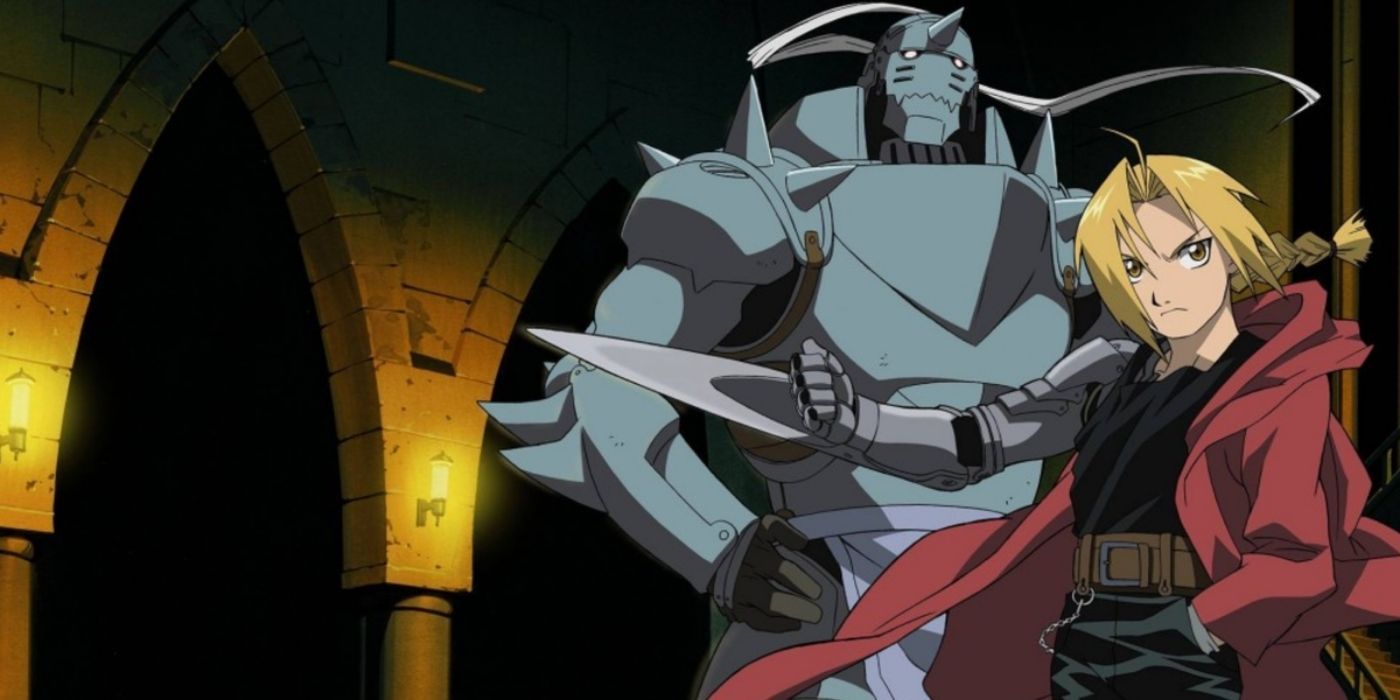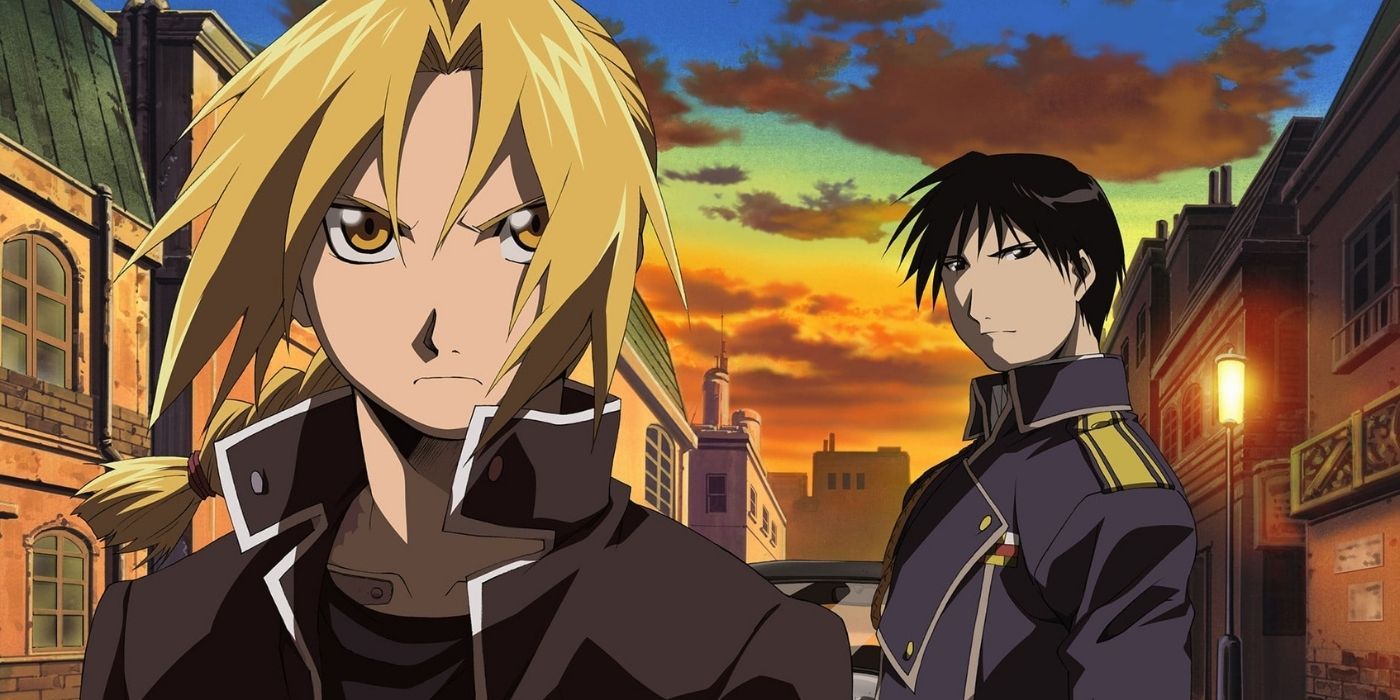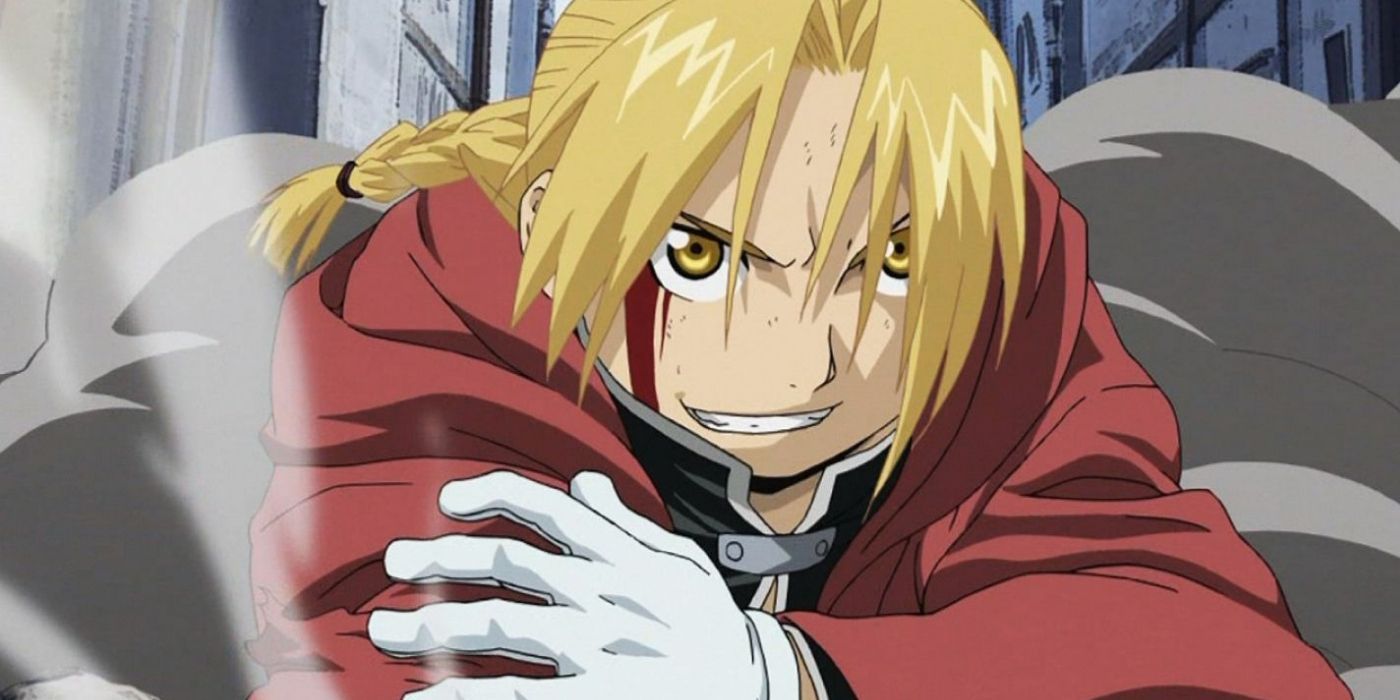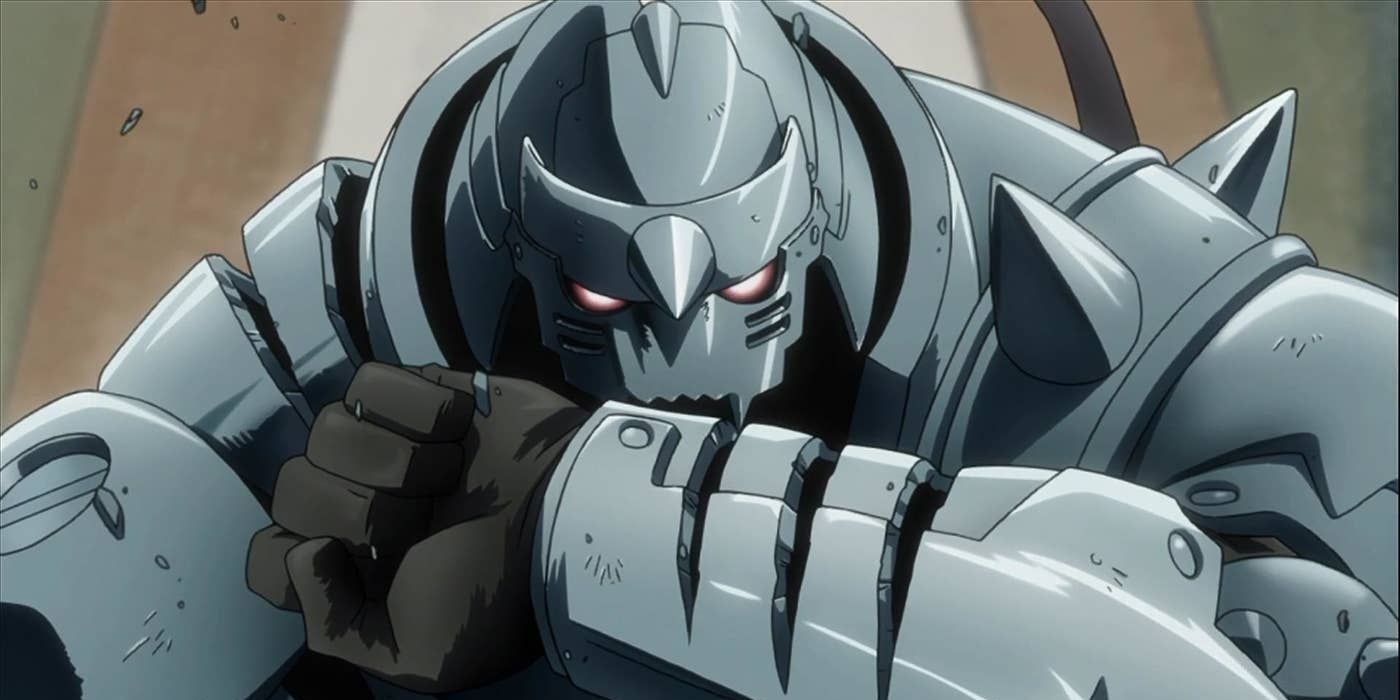Fullmetal Alchemist as a series is kind of a tough sell to the uninitiated. There’s not really a clear place to start when telling someone about the series. Would it be wise to start talking about alchemy, or the fact that the main characters Ed and Al lost parts of their body trying to bring their mom back to life? It’s hard to say, especially if someone has never heard of alchemy or the real life events in Europe the pursuit of the philosopher’s stone is based on. Add in the fact that there are two anime series that start with the same basic concept but branch into completely different paths and it’s understandable to be confused.
While anime can have strange titles (by American standards at least), it’s important to start talking about Fullmetal Alchemist by clearing up some of this misunderstanding. No, Fullmetal Alchemist: Brotherhood is not a sequel to the original Fullmetal Alchemist. While the overall plots are quite similar and they share many of the same characters, the two stories begin to diverge around the halfway point.
But why are there two series for essentially the same story? Which is more faithful to the original manga? According to an article on Looper, Fullmetal Alchemist’s overwhelming popularity is a part of the series having been released in such a manner, and the story behind how it happened is a saga in itself.
Original Manga Series Release
After moving to Tokyo in 1999, series author Hiromi Arakawa changed her name to Hiromu in order to appear to be a male mangaka. After earning a job at Square Enix, it wasn’t long before Fullmetal Alchemist made her famous in the early 2000s. Her identity as a woman was revealed not long after, but had no bearing on her meteoric rise to success. While she seemingly never makes public appearances, the most well-known image of Arakawa is as a human woman with a cartoon cow’s face.
Despite a reputation as quite the recluse, Arakawa has answered questions about her own series, filling in blanks in the public knowledge of the property. The series is inspired by over-the-top B-movies, with certain details (countryside/farm life) colored in to resemble the author’s own upbringing.
Fullmetal Alchemist Original Anime
In 2003 the original Fullmetal Alchemist anime series debuted and only continued to capture the hearts of fans. However, as the manga was still unfinished at the time, Arakawa gave the anime full permission to move ahead with an original storyline to conclude the series. For this reason, the original series has arcs that diverge from the main plot and include characters that never appeared in the manga series. While most series would consider this "filler content," it never dragged or felt unrelated to the overall task at hand for Ed and Al.
A sequel full-length movie followed the original series (a separate live-action adaptation film was also released after Brotherhood), serving to wrap up a few unanswered questions. The original anime and movie were popular, but as the end of the manga series drew closer there was a desire to see the manga more faithfully adapted.
Fullmetal Alchemist: Brotherhood
Fullmetal Alchemist: Brotherhood not only remained faithful to the manga from beginning to end, but also had the added bonus of ending just a few weeks after the manga ran its final chapter in 2010. While fans certainly still held a fondness for the original series, it’s mostly agreed upon that this is the better of the two anime series amongst fans.
Where Fullmetal Alchemist and Fullmetal Alchemist: Brotherhood Diverge
The original Fullmetal, as well as Brotherhood, both have a lot of similarities, but there is a pretty clear point where the two series diverge. Up until about just before the halfway point, a person could technically watch either series and have essentially the same plot.
However, this all changes when Ed and Al go to visit their alchemy teacher. From here, we see things change pretty radically. Villains within the series known as Homunculi, whose personalities and names are inspired by the seven deadly sins, are changed drastically. Greed, for example, stands out as having some of the largest changes. His story ends up having him share the body of a foreign nation’s prince, a character that does not even exist in the original series.
Does It Matter Which Series Someone Starts With?
Both series are excellent, so much so that comparing them is somewhat of a nitpick. Both are beautifully animated by studio Bones (of My Hero Academia fame) and share the same voice casts. Both plots are highly engrossing and give the audience a ton of food for thought in between gorgeously animated fight scenes. So does it matter which series a person starts with? Not really, but that ultimately comes down to personal preference. Just like Al and Ed searching for the Philosopher’s Stone, audiences are bound to enjoy and grow from the journey regardless.




